IFG started a cherry breeding program 21 years ago. With California being their home base, the company is focused on breeding cherries that are suitable for southern California’s climate. This means they need to flourish despite lower winter chill hours and need to do well with a higher amount of summer heat. “Through good and bad fortune, these past 21 years we’ve learned that global warming is a thing,” says Alwyn van Jaarsveld, IFG’s International Commercial Cherry Manager. “The California climate has become warmer and drier, but we’re on the right track bringing new varieties to market that are adaptable.”
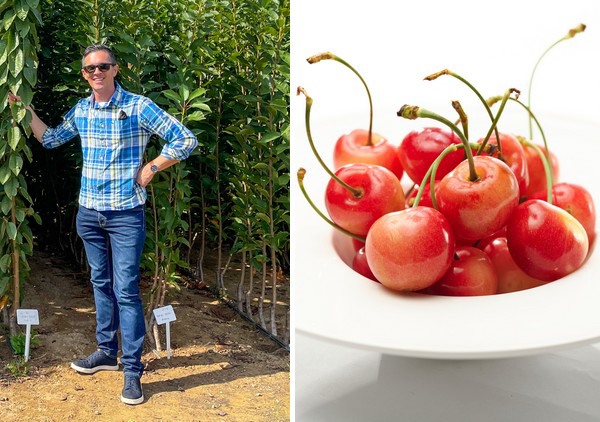 Left: Alwyn van Jaarsveld. Right: Cheery Glow™ variety.
Left: Alwyn van Jaarsveld. Right: Cheery Glow™ variety.
Uninterrupted supply window
In addition to breeding for low chill and hot weather, IFG also looks to bring novelty to the cherry category when it comes to color, size, shape, and marketing window. This season, California saw some late spring rain events, closer to the start of harvest. These rains had a negative impact on quality as water stays on the fruit and causes the cherries to crack and split. “We are breeding for varieties with a different shape that prevents water drops from hanging on the stem-end.” Time of maturity is another key trait of a new variety. In an ideal situation, the transition from one growing region to the next is smooth, so consumers get to enjoy cherries uninterruptedly and aren’t forced to switch to other fruits. “This year, the timing of California’s cherry harvest was where it should be, but sugar levels in Oregon, Washington, and British Columbia climbed very slowly due to cold weather. This has created a gap in supply, which has a huge impact,” said van Jaarsveld. “Cherries are a cyclical product for retailers, and it takes about six weeks to build up to full sales. If there is an interruption in supplies during those six weeks, a shipper falls back to week zero and has to build up sales from there again.”
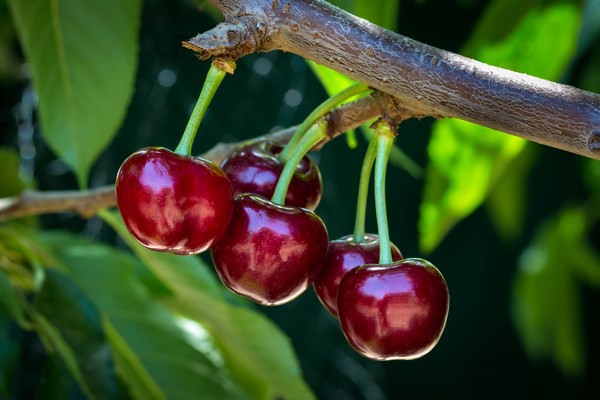 Cheery Treat™ variety.
Cheery Treat™ variety.
New varieties that are consistent and adaptable
Breeding a new variety takes time and it takes even longer to see the results from commercial production. IFG produces about 6,000 seedlings per year, but so far only 10 varieties have been released commercially. “We are very particular about what we like,” explained van Jaarsveld.
IFG Cher-ten is a new sweet cherry variety and one of van Jaarsveld’s favorites. “It is a red, heart-shaped cherry with an early harvest window. In addition, this vigorous variety is adaptable to various weather conditions and survives rain. Production results have been very consistent.”
Another new cherry variety that is being tested and commercially grown in California and the Pacific Northwest is Cheery Glow™. It is a yellow variety with a red cheek like Rainier. However, it precedes Rainier by about 7 – 14 days. “It is great to have an early variety that is followed by a slightly later one to extend the length of season.” Cheery Glow™ was planted commercially about one to two years ago. Given that cherry trees take about four years to bear fruit commercially, it will take a few more years before it is available on store shelves.
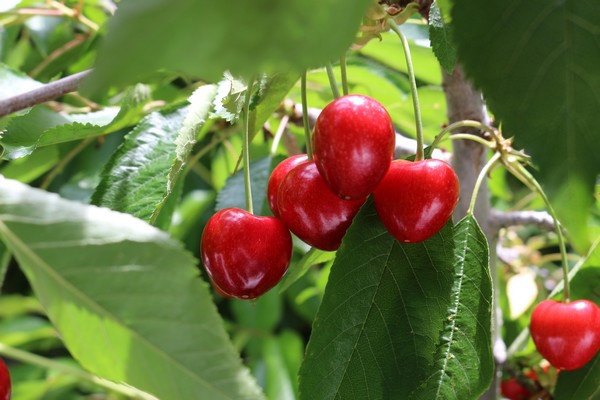 IFG's Cher-ten variety.
IFG's Cher-ten variety.
“Although Cheery Glow™ is not commercially available yet, it is good to have discussions with retailers about what’s coming their way in a few years,” commented van Jaarsveld. It takes a long time to breed a suitable variety and it’s important to market it the right way. “If not marketed correctly, it may take another 5-6 years to get a second chance – if you’re lucky.”
US is perfect for fruit breeding
“The United States is the perfect petri dish of breeding cherries and fruit in general,” said van Jaarsveld. He referred to California’s climate, but also the wonderful opportunities there are to market the fruit. “An affluent population that is hungry for novelty and consumers that are used to having marketing in their face.” However, outside of North America, IFG is taking cherries to places where they haven’t grown yet. These regions include Northern Victoria in Australia, but also China, South Africa, and north of Chile’s 4th region. This northern growing region in Chile has an earlier window of production due to closer proximity to the equator. “With 95 percent of Chile’s cherries being exported to China, it is favorable to grow, pick, and ship cherries early for Chinese New Year.”
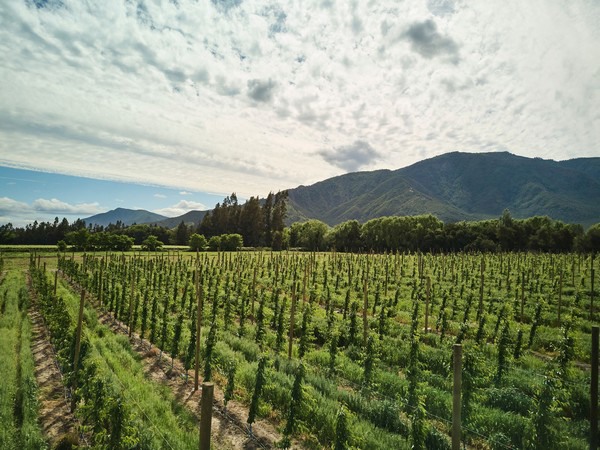 IFG Cheery Cherry commercial blocks in the Chilean Central Valley.
IFG Cheery Cherry commercial blocks in the Chilean Central Valley.
IFG is looking forward to continuing to bring cherries with a wow-factor to market. “We are breeding for excitement and adaptability because what is the point of breeding more of the same,” closed Jaarsveld.
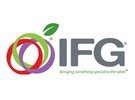 For more information:
For more information:
Alwyn van Jaarsveld
IFG
ajaarsveld@ifg.world
www.ifg.world
